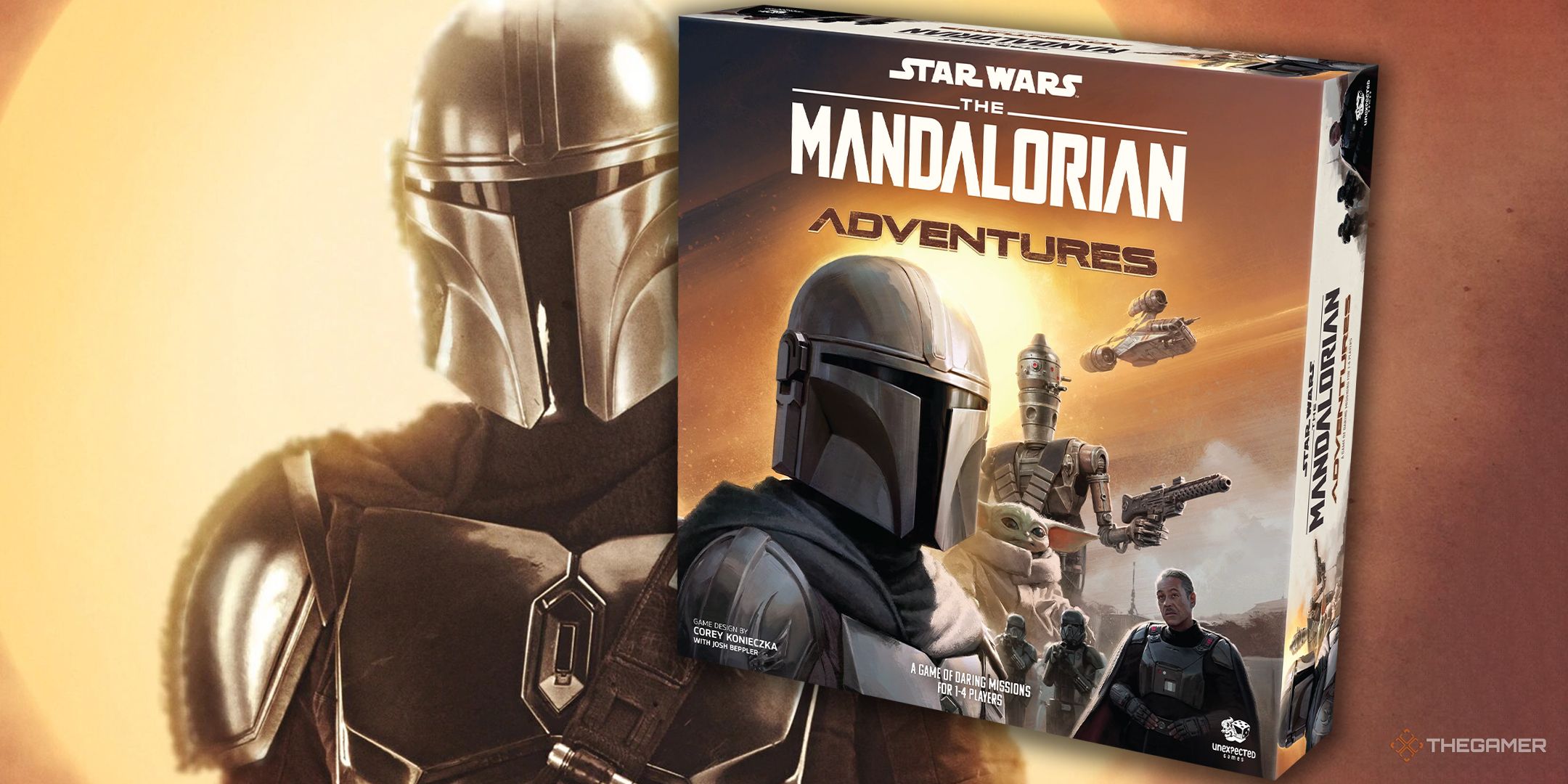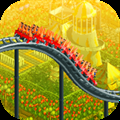The Mandalorian: Adventures Finally Got Me Interested In Star Wars

Summary
- The Mandalorian: Adventures is a turn-based cooperative game based on the show, with easy-to-learn gameplay mechanics.
- Players use cards to move characters, attack enemies, and uncover objectives, but must strategize to avoid triggering crises.
- The game covers the first season of the show, introducing hidden role elements and unlocking new cards for character improvement.
Star Wars has always been one of those big, cultural keystones I’ve not been able to get into. Alongside the likes of the MCU, Dark Souls, and Love Island, Luke Skywalker and his wacky adventures solving crimes across the galaxy (or whatever) just never appealed to me.
As I sat down to play The Mandalorian: Adventures at UK Games Expo, I tactfully explained as much by saying I wasn’t a “big Star Wars expert” and hadn’t seen the show it was based on. Yet, coming away from it, not only am I excited to play more of Adventures, it feels like ol’ Baby Yoda and his pals (or whatever) could be my jumping-in point for the series.
The Mandalorian: Adventures takes the show and adapts it into a turn-based cooperative game, complete with comic book interstitial pages to help flesh out the world for people like me who can’t tell my Landos from my Mandos. At first glance, it looks intimidatingly complex. It’s not quite a fully-fledged miniature game, but there are all sorts of tiles and cards, different characters with their own stats to play as, and lord knows what else in its later pages.
However, within minutes of co-designer Josh Beppler walking me through things, I’d picked it up well enough to not just stumble through, but plan out my own turns and pull off some impressive plays, if I do say so myself.
Becoming A Bounty Hunter
Each turn, you start with four cards in your hand, and you must play at least two of them every turn. These can all be used to move your character around the map, attack or move an enemy, scout out nearby objective tiles, or draw extra planning cards, with the strength of your cards marked by the number in the top left. However, some cards also synergise with specific roles – for instance, playing a specific card in the Intel section could give you a bonus or even an extra action in your turn.
Beppler and I were both rapidly closing in on our goal – hunting down Grogu in a shack guarded by mercenaries. Between us and the door, there were four mercenaries all in a pile. Getting too close would’ve allowed them to attack us with their initiative attacks, but there was no other way. This was going to be a bloodbath, and we were both already hurting from our earlier skirmishes.
That is, until I managed to chain just two cards together to get an enemy into an empty spot, move into position myself between it and its teammate, and then unleash hell upon them in one fell swoop. I’d only been playing for about 15 minutes, and I’d already felt like a sharpshooting fiend as the enemy tiles fell away and I opened up our path to the target.
The catch is that, as you play cards in each of the four categories, you’ll eventually trigger crises that push your opponent to bring in new troops, move around the board, or deal damage to you. This behooves you to not necessarily throw the strongest cards straight away, as you could set off a crisis before your team is ready to deal with it.
It gives the game an interesting ebb and flow of planning your turns with your team and eventually hyping yourself up to take on a tougher challenge, but also needing to improvise when a crisis puts you on the back foot.
Your enemies are controlled by a deck of cards, meaning sometimes you’ll have to make decisions based on how they act. You could go easy on yourselves by fudging these choices slightly, or you could commit to having them act as ruthlessly efficient as possible for a greater challenge.
We thought we were only a turn or two away from winning, having used our Intel abilities to find the two hidden keypads needed to unlock the door, until we overextended. Crisis after crisis hit us all at once, and a load more enemies suddenly dropped in to say hello. We pulled through, but what was an easy mission quickly turned into a dash for the goal that we only narrowly survived.
A Developing Story Across Multiple Missions
While I only got to play the first mission, the game covers the entire first season of the show, and introduces more complicated goals, unlocks extra cards to go into your deck to improve your characters over time, and even includes elements of hidden-role games with an optional mode letting one player become a traitor to the cause if you want something a little more competitive.
Is The Mandalorian: Adventures a good adaptation of the show? Couldn’t tell you. But what I do know is I walked away from my time from it wanting more, which isn’t something I can say I’ve felt about any other piece of Star Wars media. It manages to effortlessly balance the complexity of any turn-based strategy game with accessibility, to the point where I’m sure I can get my Star Wars-loving friend to give it a shot.
On the flipside, it sticks true to the Star Wars aesthetic and features references to the show that flew way over my head, and the spectacle of replaying set pieces from the show with the tension the game manages to perfectly build is sure to get plenty of fans on board. But it also avoids laying it on too thick for people like me who’re much more interested in how it plays and develops between chapters.
I can’t believe one of my most-anticipated games is now Star Wars, as I’m going to be thinking about The Mandalorian: Adventures for a long time. But with it not launching until August 2, I might just have to cave and actually watch the show before I can get my hands on it.
The Mandalorian: Adventures
Franchise Star Wars Original Release Date August 2, 2024 Publisher Asmodee Designer(s) Unexpected Games Expand Collapse












